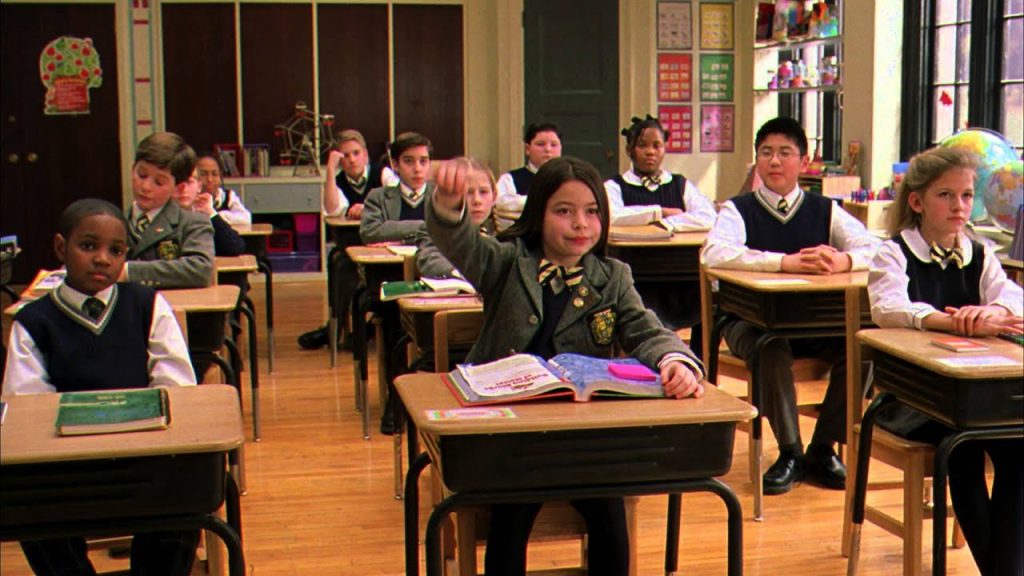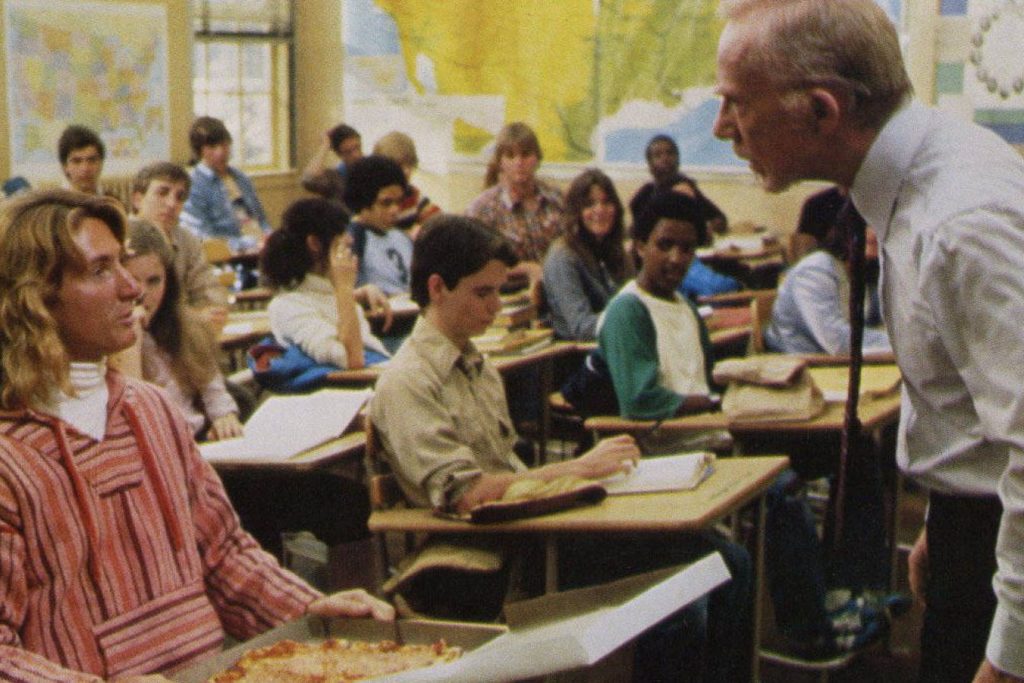Does Class Size Really Matter?
Varying studies show how class size matters, while others say teacher quality is more valuable, but who's right?

Smaller class size has long been a selling point for charter and private schools. It’s also a factor parents consider when deciding which public school district to live in. But how much does class size really matter? Does a lower teacher-student ratio always equal a better educational outcome? Education experts sit on both sides of the debate.
Reducing class size can have benefits, such as students having more one-on-one instruction time with their teachers. Individual attention often results in increased student participation, better test scores, and higher grades, as shown in Tennessee’s 1985 Student/Teacher Achievement Ratio project. In this experiment, 7,000 kindergartners were placed in 79 schools with different-sized classes. After four years, the students in small classes were two to five months ahead of students assigned to larger classes. This achievement gap was evident even after the experiment ended and children were returned to normal-sized classrooms. By eighth grade, these students were one full year ahead of their peers.
Other studies haven’t exhibited such clear results. A 2009-2013 reduction study in New York City discovered that test score gains were negated by the impact of bringing so many new, inexperienced teachers aboard. Critics argue that class size reduction programs waste money that could be better used to make a real difference in education outcomes.
Some educators believe that teacher quality matters more than class size. Schools across the nation are struggling to hire and retain good teachers. If there aren’t enough teachers to go around, reducing class size isn’t exactly a feasible prospect. Some education experts believe that increasing teachers’ salaries would draw more qualified instructors into the profession.
Average student-teacher ratios in the United States have fluctuated over time. In 1955, there were almost 27 students per teacher. In 2008, the ratio had dropped to 15:1. The current national ratio remains 15:1, but class sizes can vary significantly by location.
National 2022 class size data shared by Public School Review states that California has the highest student-teacher ratio of 22:1. The state with the lowest student-teacher ratio is Maine, with 11:1. New York State has an overall ratio of 12:1, but New York City has reported a ratio of 34:1 in some seriously overcrowded classrooms.

On August 31, 2022, the Biden-Harris Administration released a fact sheet explaining new public and private sector actions aimed at strengthening teachers and combatting the teacher shortages that influence class size. One strategy involves partnering with job marketplace companies to create specific portals for educators and school personnel. Another strategy devotes more money to hire additional support staff, including school counselors, paraprofessionals, and school nurses. Teachers understandably prefer to work on campuses that have these resources in place.
It appears that the ideal situation for students is a smaller class size taught by a high-quality teacher. A larger class size with a great teacher can have as good an outcome as a smaller class with a newer, less-experienced instructor. The worst class size combination is a large number of students assigned to an underqualified teacher. In that scenario, class size really does matter.







